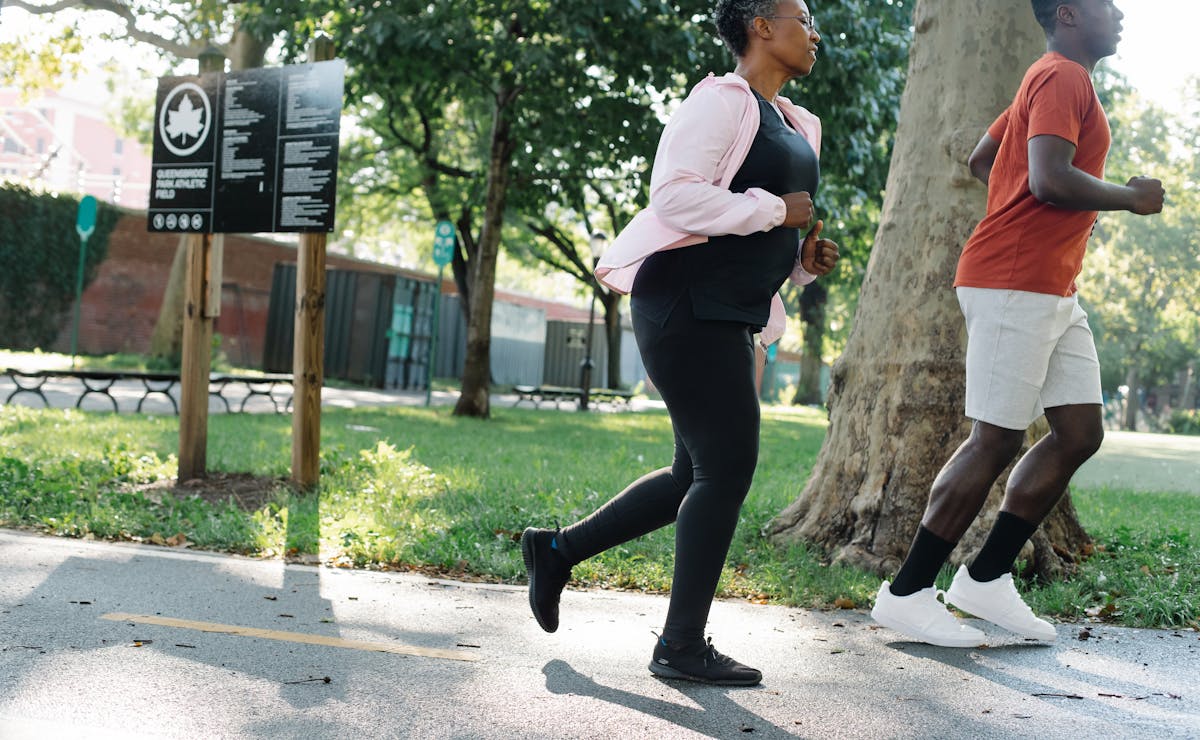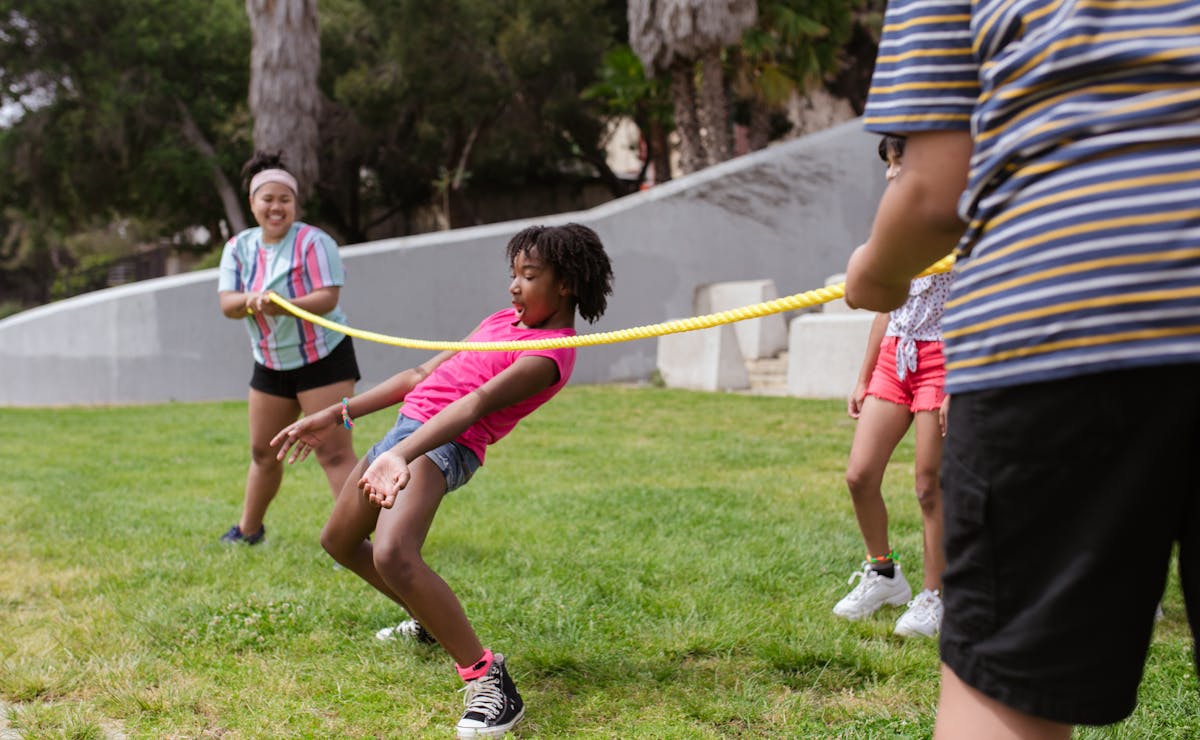Muscle pain often accompanies physical activity. It occurs due to the effort people put into exercising and is part of the body’s recovery process, but can be reduced with stretching and massage.
And there is no escape: these pains appear whether you are a beginner, amateur or professional, in specific parts of the body and are nothing more than the response to stress, which usually appears the day after training or within 72 hours, at most.
To learn more about them, understand exactly how to alleviate them and, most importantly, know how to differentiate them from injuries, continue reading!
What are muscle pains?
Muscle pain is an inflammatory response of the body – specifically in that area – that arises after it has been, in some way, affected by a change, that is, taken out of its comfort zone; overloaded with a greater weight than normal or impacted by an unknown or unusual movement.
Many people despair when they feel muscle pain and want to know what it could be right away to understand if the problem is normal or if an injury needs to be checked more closely.
If this happens to you, monitor swelling and redness in the area of discomfort and be concerned, above all, if you have:
- sudden, sharp pain or pain that lasts for more than a week, even if mild;
- muscle throbbing; and/or
- limitation of movements.
In these cases, you may have injured your muscle, ligaments or nerves!
Negative sensations that go away with a good warm-up, on the other hand, are usually just a sign of the body’s natural recovery. In any case, take rest periods between workouts or practices and use less weight.
Here’s an example!
Adding 10 pounds to each side of the bench press bar can be enough to avoid a scary (and painful) muscle imbalance while still performing the movements smoothly, doing the exercise exactly as it should be done.
It may seem like you’re going to be “fine” lifting the bar up and down, but know that there are micro-injuries happening in the fibers of your muscles as they are stretched and compressed and that, when this happens, the body automatically begins its process of repairing the area “injured” by the movements.
So, rest assured that it will hurt for the next few days, but it will go away quickly. How about trying some alternatives to alleviate even the most subtle discomfort?
How to reduce muscle pain after training? Check out 10 tips!
As the old saying goes, “no pain, no gain.” But hold on, okay? There are several techniques to help relax tense areas after a workout, such as massages and ice packs, myofascial release, and rest.
The list below provides 10 ways to improve post-workout muscle pain: choose the ones that you consider most suitable for your needs!
1. Massage
Try a tension-releasing massage or relaxation technique within 48 hours of the workout that bothered your muscles.
The process increases blood flow, helps the body drain trapped fluids and other unwanted substances, and relieves tension and stiffness in the stressed area.
2. Ice compress
Another ally when it comes to alleviating the effects of post-workout pain, a cold compress constricts blood vessels, helping to prevent swelling and inflammation in the area. Ice, therefore, works as a natural analgesic and anti-inflammatory.
Unlike massage, the compress should be applied immediately after training. If done the next day, it will not make any difference.
3. Cryotherapy
This option is a complete immersion in ice water, similar to the Wim Hof Method , but should never be done without the presence of a physiotherapist or specialist in the area of sports health who defines the time of the “dive” and the ideal temperature of the water.
The technique helps to contract muscles and blood vessels, reducing pain, and is a procedure highly recommended for high-performance athletes.
4. Myofascial release
In this procedure, a specialist uses a wooden roller – a small piece of bamboo – or a harder cylindrical foam roller, and slides it over the most tense areas before or after the patient/student’s workouts.
Its purpose is to help blood circulation and cause relaxation of the fascia, the tissue that covers the muscles, helping to relieve the feeling of tension and reduce or even eliminate those muscular “knots”.
5. Rest
Have you ever heard that muscles grow when they rest? The same goes for relieving pain! Always take rest days between workouts , as this helps your body recover.
And if, even on your day off, you can’t stay still, exercise other limbs than those you worked out on your last trip to the gym.
6. Light exercises for those who don’t want to stay still
You’ve worked out hard, done a new series of exercises, are getting used to a new routine and are feeling very sore, but rest isn’t an option? Opt for more relaxed activities while you recover.
It’s worth taking a walk without running or cycling at a gentle pace. At the gym, walk on the treadmill or spend a few minutes on equipment such as a bike or elliptical, as both exercises have little muscular impact.
7. Electrotherapy
Well known in the world of physiotherapy, “shock therapy” involves the use of electrodes and the application of a specific level of electrical charge to the muscles of those who are feeling pain – varying according to each situation.
This special and exclusive frequency for muscle therapies is not exactly a shock, but a stimulus generated by the electrical waves of the device, which helps in the recovery of tissues and prevents inflammation, facilitating blood circulation and causing a practically immediate analgesic effect.
8. Stretching
Essential before and after training to support the musculoskeletal system, constant stretching strengthens the ligaments and helps prevent stiff necks and muscle injuries .
It’s essential to do them from head to toe, even if you don’t work out all your limbs along the way.
9. Dietary care
Sugary drinks, such as soda, fried foods and processed foods can actually worsen muscle pain because they inflame the tissues. Avoid them and focus on the following foods that are good for muscle pain:
- fish with all the benefits of its omega-3 ;
- red fruits (apples, strawberries, plums, cherries);
- avocado (rich in fatty acids);
- vegetables;
- ginger;
- turmeric;
- Green Tea;
- nuts;
- lean proteins; and
- sweet potato.
Remember to drink water before, during and after your workout. Also, find out which vitamins are best for muscle pain according to your needs. Here’s a little help: the most recommended are B12 and vitamin D.
10. Follow the advice of a professional
Don’t do exercises or activities to relieve pain on your own. Always talk to your gym’s personal trainer or your sports instructor, and if you feel like things are getting out of control, visit a trusted doctor or an emergency room.



